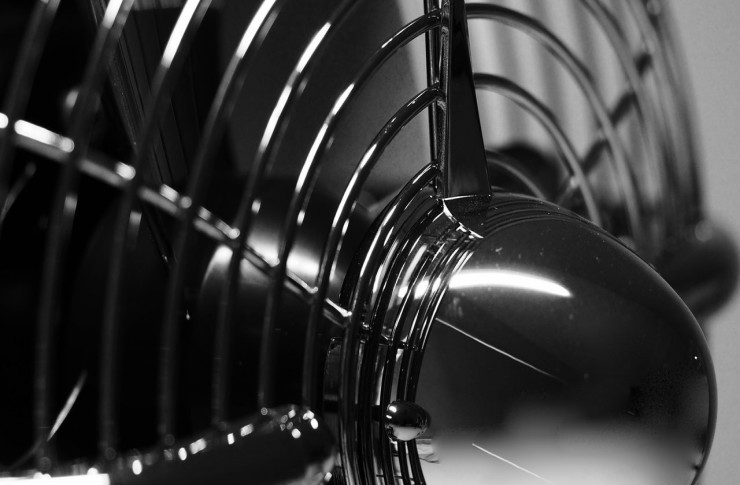Seasonal checklist for household heating systems
A seasonal checklist helps householders keep heating systems reliable, efficient, and safe as temperatures change. This short overview highlights key areas to inspect, routine upkeep steps, and when to schedule professional diagnostics to maintain performance and reduce unexpected breakdowns during peak use.

A well-timed seasonal review of your household heating systems reduces surprises and maintains comfort through colder months. Regular attention to basic checks—visual inspections, filter replacement, thermostat settings and simple airflow tests—can prevent larger problems, improve efficiency and address safety concerns before they escalate. This checklist organizes practical steps for homeowners and clarifies when to call in professional inspection or diagnostics.
Furnace inspection and diagnostics
Inspect the furnace housing and visible components for signs of wear or damage. Look for rust, unusual soot, or water stains around the unit and check pilot lights or electronic ignitions for normal operation. Listen for irregular noises such as rattles or continuous clicking that may indicate loose panels, worn bearings, or control board issues. Basic diagnostics include checking error codes on modern furnaces, confirming proper ignition sequence and verifying that vents and flue paths are clear. Schedule professional diagnostic service if you find combustion odors, repeated cycling, or failure to reach set temperatures.
Thermostat calibration and scheduling
Verify the thermostat reads accurately by comparing its temperature to a reliable thermometer placed nearby. If the difference is more than 1–2°F, consider recalibration or replacement for better control. Use scheduling functions to reduce runtime during predictable absences—lowering temperature by a few degrees when unoccupied can improve seasonal efficiency without sacrificing comfort. For homes with zoned systems, confirm each thermostat is communicating correctly with its zone controller. Smart thermostat updates and battery checks are part of routine seasonal upkeep.
Filtration, filters, and airflow
Replace or clean filters before heavy seasonal use; clogged filters restrict airflow, reduce efficiency, and can stress blower motors. Match filter MERV ratings to manufacturer recommendations—higher is not always better for older systems because too-fine filters can impede airflow. Assess airflow at registers: weak output may indicate blockages in supply or return paths, closed dampers, or problems in the blower assembly. Keep return grilles clear of furniture and clean visible dust to support balanced circulation and effective filtration.
Ventilation, ductwork, and combustion
Inspect ductwork for visible gaps, disconnected joints, or heavy dust accumulation. Leaky ducts in unconditioned spaces let heated air escape, reducing overall efficiency and potentially introducing pollutants. Ensure combustion air pathways and flues are unobstructed; birds, nests, or debris can block vents and cause unsafe combustion conditions. If you detect uneven room temperatures, consider a duct leakage test or targeted sealing. Proper ventilation ties directly to safe combustion and healthy indoor air quality.
Calibration, safety checks, and efficiency measures
Seasonal safety checks include testing carbon monoxide detectors and smoke alarms, confirming that vents and chimneys draw correctly, and checking for gas line odor or loose fittings. Calibration tasks cover verifying temperature differentials across supply and return lines and ensuring limit switches and safety controls operate within specified ranges. Addressing small efficiency measures—sealing gaps in building envelope, insulating exposed ductwork, and balancing returns—can yield measurable energy savings and reduce strain on the system during peak heating demand.
Scheduling, upkeep, and routine maintenance
Create a simple annual schedule: filter changes every 1–3 months depending on use, an annual professional inspection for combustion systems, and seasonal checks of thermostat batteries and control settings. Keep a written or digital log of maintenance, repairs, and diagnostics results to help technicians and to spot trends such as increasing run times or recurring faults. Regular upkeep also includes cleaning blower wheels, lubricating motors where applicable, and ensuring condensate drains (if present) are clear and functioning.
Conclusion A seasonal checklist for household heating systems focuses on inspection, filtration, airflow, combustion safety, and routine calibration to preserve efficiency and safety. Performing basic tasks yourself and scheduling timely professional diagnostics when issues appear helps maintain reliable performance across the heating season while limiting unexpected failures.






